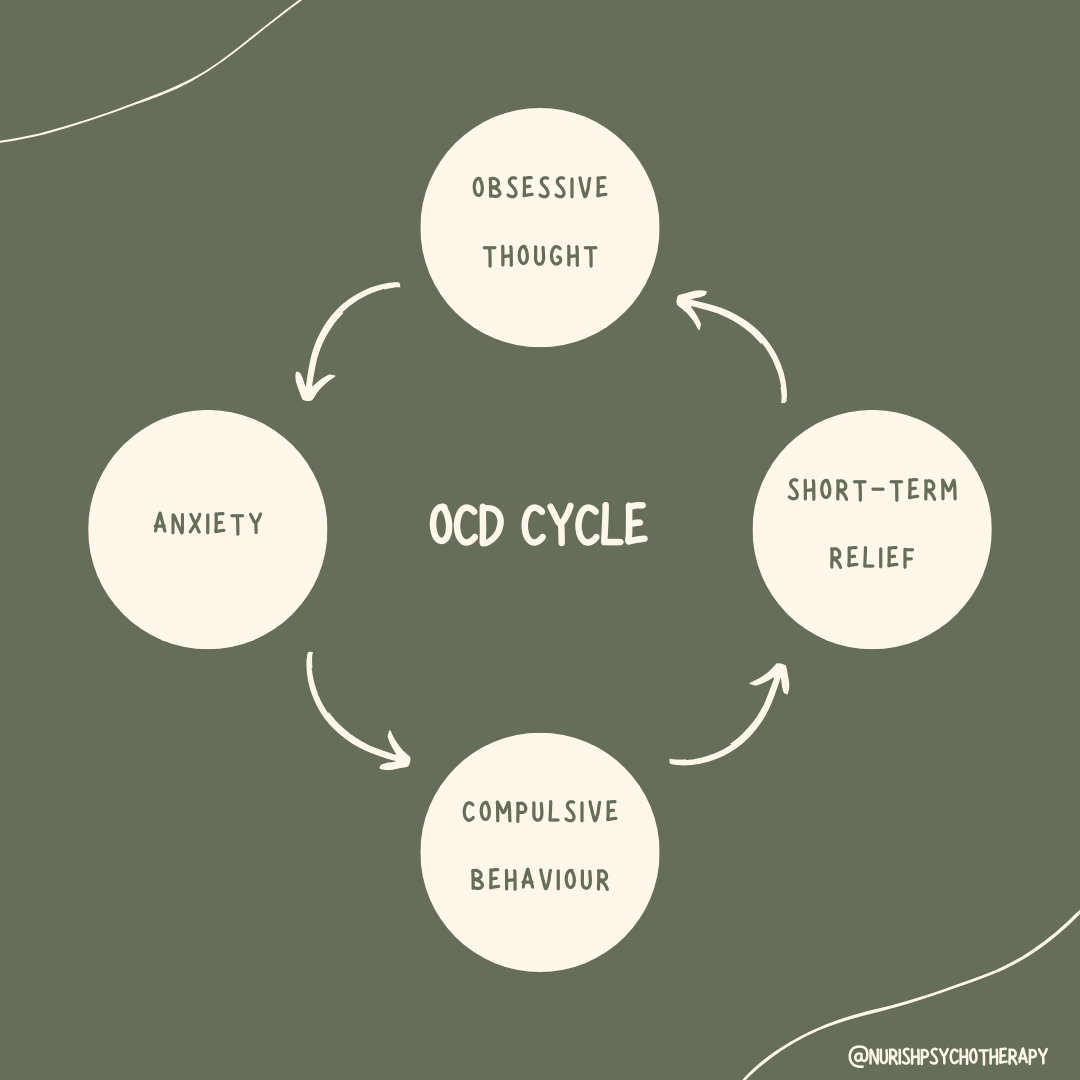Understanding OCD: Beyond the Stereotypes
Understanding OCD: Beyond the Stereotypes Obsessive-Compulsive Disorder (OCD) is a mental health condition characterized by persistent, unwanted thoughts (obsessions) and repetitive behaviours or mental acts (compulsions) that an individual feels driven to perform. While many people associate OCD with cleanliness and organization, the disorder is far more complex and manifests in various forms.
The Symptoms: Obsessions and Compulsions
Obsessions are intrusive and distressing thoughts, images, or urges that repeatedly enter a person's mind. Common obsessions include fears of contamination, doubts about having completed a task (like locking the door), or unwanted taboo thoughts involving harm or inappropriate behaviour. Compulsions are repetitive behaviours or mental rituals performed in an attempt to reduce the anxiety caused by obsessions. These might include excessive cleaning, checking, counting, or seeking reassurance. While these actions may provide temporary relief, they often reinforce the cycle of OCD, making the symptoms worse over time.
The Cycle of OCD
OCD follows a repetitive cycle that consists of four main stages:
Obsessive Thought: Intrusive, unwanted thoughts trigger anxiety or discomfort.
Anxiety: The obsession causes significant distress or fear.
Compulsive Behaviour: The individual engages in behaviours or mental acts to alleviate the anxiety.
Short-Term Relief: Performing the compulsion provides short-term relief, but the obsession eventually returns, starting the cycle anew.
please refer to diagram below
Leaning into these compulsions might seem like a solution to the overwhelming anxiety, but it ultimately exacerbates the symptoms. The more one gives in to compulsive behaviours, the more the brain learns to associate these rituals with temporary relief, making it harder to break the cycle.
Types of OCD: More Than Just Cleanliness
OCD is often stereotyped as a condition solely related to cleanliness and order. However, it encompasses a wide range of themes and subtypes, including:
Contamination OCD: Fear of germs, dirt, or illness, leading to excessive cleaning or avoiding certain places.
Checking OCD: Repeatedly checking things like locks, appliances, or safety measures due to fears of harm or mistakes.
Symmetry and Ordering OCD: A need for objects to be aligned or arranged in a particular way to prevent discomfort or bad outcomes.
Intrusive Thoughts OCD: Unwanted, taboo, or violent thoughts that cause significant distress, often related to harm, sexual content, or blasphemy.
Hoarding OCD: Difficulty discarding items due to a perceived need to save them, often leading to cluttered living spaces.
Pure O (Primarily Obsessional OCD): Characterized by mental compulsions rather than physical rituals, such as mental reviewing or seeking reassurance.
Seeking Help Understanding the complexity of OCD is the first step toward managing it. Cognitive Behavioral Therapy (CBT), particularly Exposure and Response Prevention (ERP), is one of the most effective treatments. Medications, such as selective serotonin reuptake inhibitors (SSRIs), can also be helpful. If you or someone you know is struggling with OCD, reaching out to a mental health professional can make a significant difference. Remember, OCD is a manageable condition, and with the right support and treatment, individuals can regain control over their lives. For more support and resources, feel free to contact us at Nurish Psychotherapy, where we specialize in helping individuals navigate OCD and other mental health challenges.

